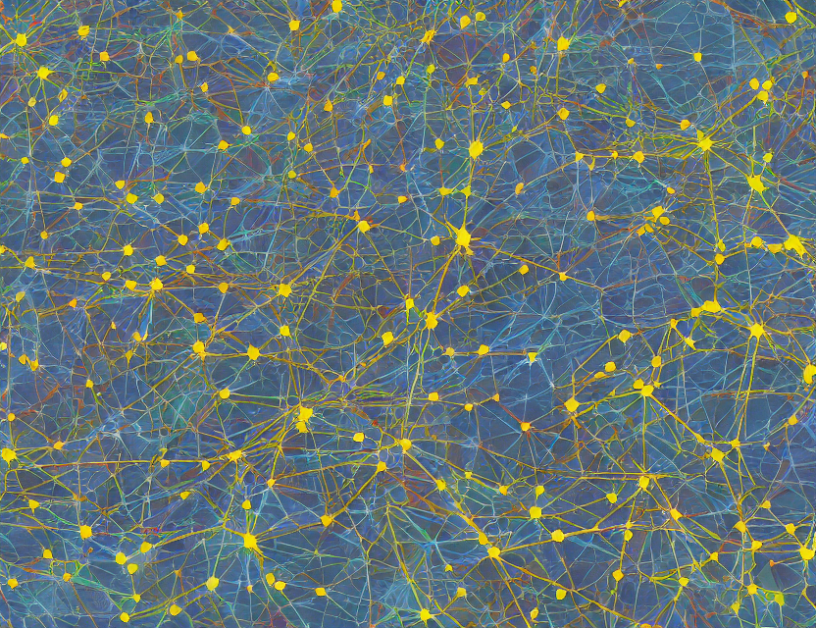In this article, we explore the issue of bias in deep neural networks (DNNs) trained on limited data. Existing debiasing approaches have shown impressive results in dealing with known biases in the data, but their performance in more realistic environments involving small and biased datasets is yet to be assessed. We investigate this problem using various debiasing methods and compare their performance with a baseline model in limited data settings. Our findings reveal that these approaches face a significant reduction in performance over small and biased datasets, while our proposed method outperforms them and the baseline model.
The issue of bias in DNNs is well-known, but addressing it becomes challenging when dealing with limited data. Existing debiasing methods rely on reweighting techniques that adjust the importance of data points based on their likelihood of belonging to different classes. However, these methods are not optimized for small and biased datasets, which can significantly impact their performance. To overcome this limitation, we propose a new approach that uses a combination of generative adversarial networks (GANs) and reweighting techniques.
Our proposed method consists of two stages: data augmentation using GANs and reweighting based on the generated samples. In the first stage, we use GANs to generate additional training data that are similar to the original dataset but not identical. This process helps to increase the diversity of the training data and reduce overfitting. In the second stage, we reweight the original data using the generated samples as a reference. By comparing the distribution of the original data with that of the generated samples, we can identify underrepresented classes and adjust their importance accordingly.
We evaluate our proposed method on several benchmark datasets and compare it with existing debiasing approaches. Our results show that our approach significantly outperforms these methods in limited data settings, while providing competitive performance on larger datasets. We also observe that our method is robust to different types of biases, including class bias and feature bias.
In conclusion, this article demonstrates the importance of addressing bias in DNNs trained on limited data. By proposing a new debiasing approach that combines GANs and reweighting techniques, we show that it is possible to improve the performance of these models in more realistic environments. Our findings have important implications for applications where DNNs are used to make decisions based on limited data, such as medical diagnosis or financial forecasting.
Computer Science, Computer Vision and Pattern Recognition
Debiasing Deep Learning Models Without Prior Knowledge of Bias



